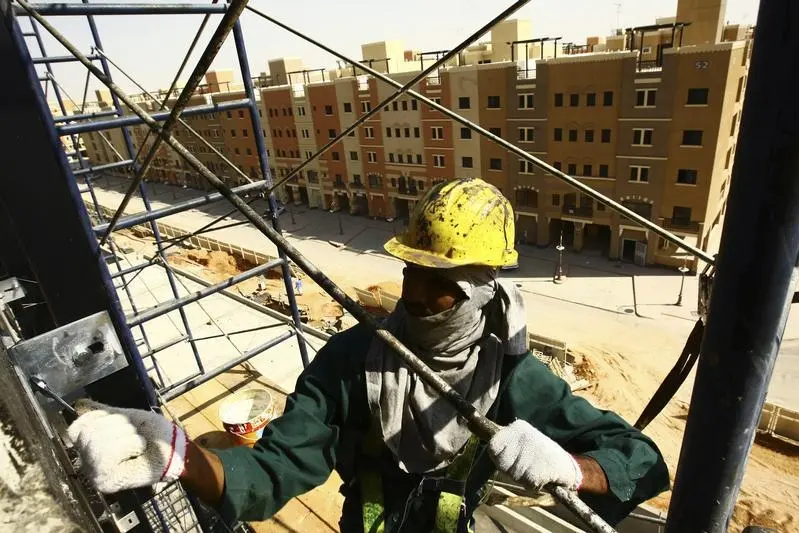PHOTO
Driven by the vision of Crown Prince Mohammad bin Salman, the growing voice of the younger generations and external forces, Saudi Arabia has reached a pivotal moment where the very essence of what ‘normal’ looks like is being re-defined. The broad changes that the country is undergoing are most immediately apparent in the physical environment, it stated.
There is an acute awareness of the need to build for the longer term, said the construction expert.
The new Jeddah Waterfront, along the city’s 4.5-km-long coastline on the Red Sea, features dancing fountains, access to Wi-Fi, and facilities for the disabled and will undoubtedly have a huge impact on the lives of residents.
The King Abdul Aziz Road project in Makkah is another sizable development that will fundamentally transform how people live, work and play by master planning a community that is fit for the future. Here we see how forward-thinking design, coupled with new techniques and technology, are really pushing the boundaries of what has been achieved before in Saudi Arabia.
"When we look at the world’s best cities, we look at a multitude of factors. The likes of Melbourne, Vienna and Vancouver consistently come out on top because of their excellent infrastructure, culture, education and environment," remarked Salim Hussain, the principal architect from SNC Lavalin’s Atkins business.
He was giving a presentation about the evolution of design in Saudi Arabia and was exploring the importance of designing mixed-use communities to cater to the needs of the current and future population at a key industry event.
Hussain pointed out that the physical environment was connected to the touchpoints of people’s lifestyle in a meaningful and beneficial way.
"So, when it comes to designing the cities of the future, and ensuring they flourish, we can engineer a ‘new normal’ by taking influence from these case studies and future proofing the new environments for future generations to enjoy," he noted.
Citing examples of more traditional buildings, Hussain said it showcases a highly sophisticated and unique design.
"The National Museum of Saudi Arabia is an elegant building that uses natural light to enhance all facets of its experience. Beautiful mosques have been built with the layering, the form and the rhythm all being created in a way that makes people pause and look closer at what is there. These buildings are sophisticated, and bring an altogether more subtle, yet meaningful, aesthetic to the landscape," he noted.
On the other side of the coin, the King Abdullah Financial District presents a complete contrast: it is deliberate in its difference, stated the design expert.
"At once both bold and brave, that is what makes it powerful and interesting. When it comes to designing buildings for the future, the aim should not be to make a pastiche of what came before, but to use these forms in a unique way," he explained.
According to Hussain, the discussion spans more than the design and the aesthetics though, buildings have to cater to practicalities and functions as well.
"For example, cooling a house is not simply about putting the air conditioning on, it is impacted by the orientation of the building and the use of basic strategies that take into account the components and design of the building. So, designing the new normal has to take all elements into account," he added.-TradeArabia News Service
Copyright 2014 www.tradearabia.com
Copyright 2018 Al Hilal Publishing and Marketing Group Provided by SyndiGate Media Inc. (Syndigate.info).












